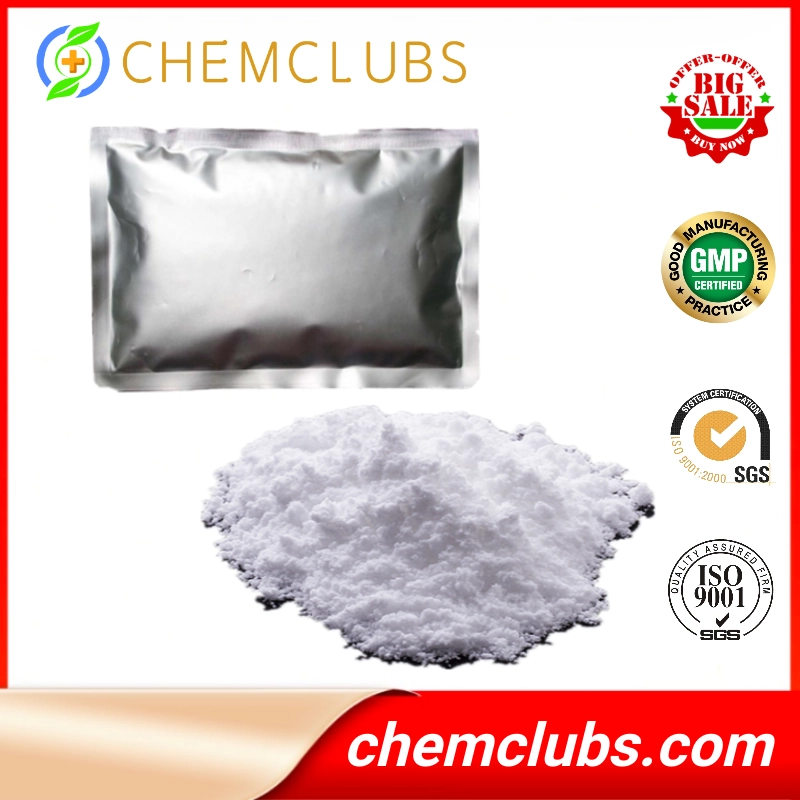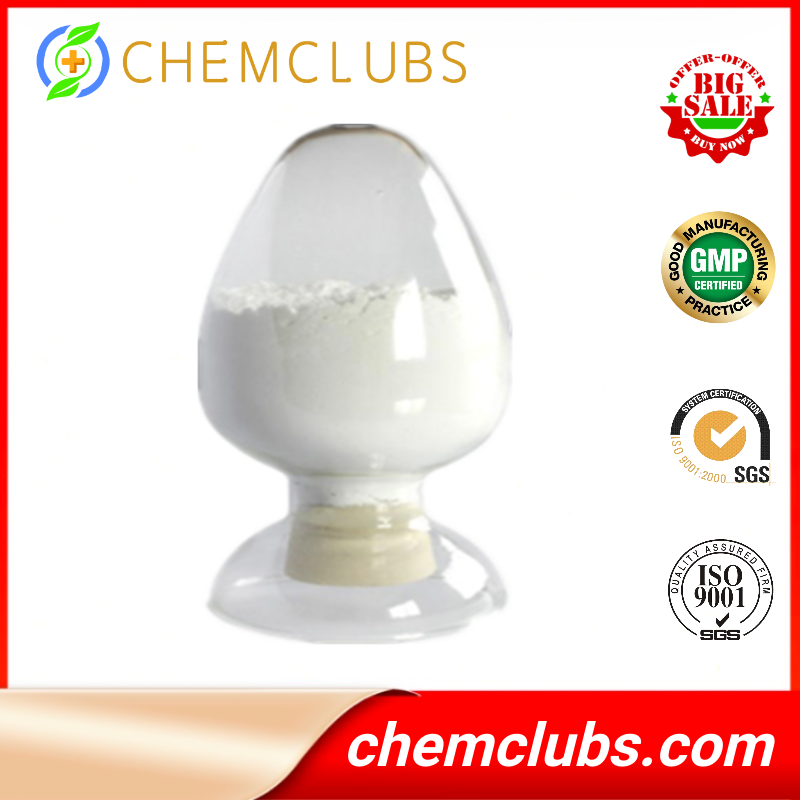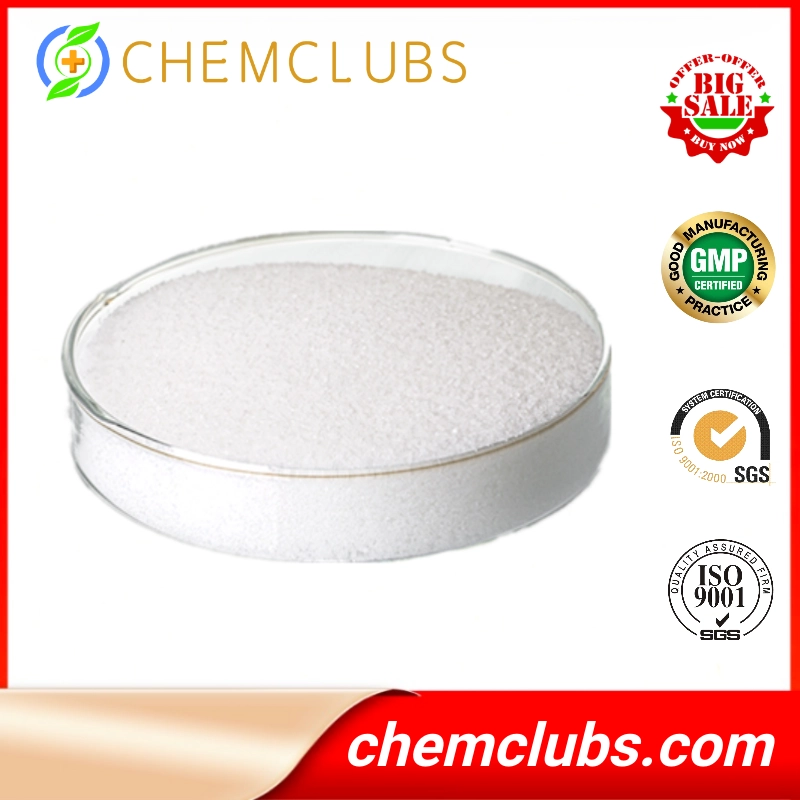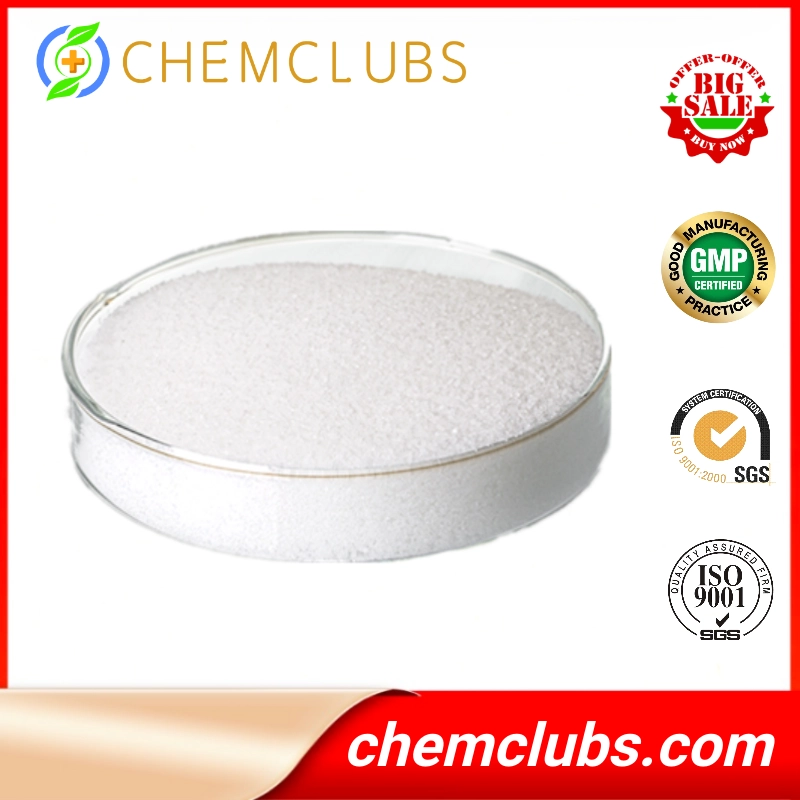
Tetracaine Hydrochloride
Product Description:
Pain Killer Drug Pharmaceutical Intermediates Tetracaine HCl / Tetracaine Hydrochloride
Quick Details:
Tetracaine HCl
Alias: Tetracaine hydrochloride ,2-Dimethylaminoethyl 4-n-butylaminobenzoate hydrochloride;
4-(Butylamino)benzoic acid 2-(dimethylamino)ethyl ester hydrochloride
CAS NO.: 136-47-0
EINECS: 205-248-5
MF: C15H25ClN2O2
MW: 300.82
MS:

Melting point: 149°C
Assay: 99%
Grade: Pharmaceutical Grade
Storage: Closed, confined and shading preservation
Manufacturer: Steroidslab
Usage: Local anesthetic; Mainly used in mucosa anesthetic. The function is stronger than Procaine and Lidocaine.
Product Description:
Tetracaine hydrochloride (TCH) is one of the potent local anaesthetics. A kinetic study of oxidation of tetracaine hydrochloride by sodium N-chlorobenzenesulfonamide (chloramine-B or CAB) has been carried in HClO4 medium at 303 K. The rate shows first-order dependence on , shows fractional–order dependence on , and is self-governing on acid concentration. Decrease of dielectric constant of the medium, by adding methanol, increased the rate. Variation of ionic strength and addition of benzenesulfonamide or NaCl have no significant effect on the rate. The reaction was studied at different temperatures and the activation parameters have been evaluated. The stoichiometry of the reaction was found to be 1 : 5 and the oxidation products were identified by spectral analysis. The conjugate free acid C6H5SO2NHCl of CAB is postulated as the reactive oxidizing species. The observed results have been explained by plausible mechanism and the related rate law has been deduced.
Applications:
Local anesthetics are drugs which produce reversible blockade of nerve impulse conduction. They act directly on specific receptors on sodium channels inhibiting sodium ion influx. Local anesthetics are valued for the ability to avoid membrane depolarization . Tetracaine hydrochloride [2-dimethylaminoethy-4-n-butylaminobenzoate hydrochloride, TCH], an ester of p-aminobenzoic acid, has been widely used as local anaesthetic and is long-standing agent for spinal anaesthesia. In biomedical research, TCH is used to modify the function of calcium release channels (ryanodine receptors) that control the release of calcium from intracellular stores. TCH is an allosteric blocker of channel function. At low concentrations, TCH causes an initial inhibition of spontaneous calcium release events, while at high concentrations, TCH blocks release completely . Hence tetracaine hydrochloride forms one of the important drugs in pharmaceutical industry. After reviewing the literature, we found that there was no information available on the oxidation kinetics of TCH with any oxidant. Therefore the title investigation was undertaken.
The miscellaneous nature of chemistry of N-haloamines is a significance of their aptitude to act as sources of species, such as halonium cations, hypohalites, and N-anions which act as bases, nucleophiles, and nutrenoids . They behave as mild oxidants and are suitable for the partial oxidation of several groups. As a result, these reagents react with a selection of functional groups distressing an array of molecular transformations. In general, monohaloamines undergo two electron changes while dihaloamines are four-electron oxidants. The reduction products are the respective sulfonamide and NaCl or HCl. The outstanding member of this class of compounds is chloramine-T (CAT) and the other member is chloramine-B (sodium N-chlorobenzenesulfonamide or CAB). The N–Cl bond in CAT and CAB is highly polar and hence these two compounds are fairly strong electrophiles, since chlorine leaves as Cl+ in these reactions. CAT has been used for the oxidation of a variety of organic and inorganic substrates and the oxidation mechanisms have been kinetically well investigated . But there is meager information available in literature on the use of CAB. CAB is a stable compound with slightly higher active chlorine content than its analogue CAT. CAB is gaining importance as a mild oxidant and hence there is a considerable scope for the extension of work with CAB to get better insight of the speciation of CAB reaction models and deliberate its redox chemistry in solution.
In the glow of the available information and in continuation of work on oxidation studies with organic chloramines in general and medicinal compounds in particular, the present investigations were undertaken. The main objectives of the present study are to (i) explicate plausible mechanisms, (ii) deduce suitable rate laws, and (iii) determine the various reactive species.
Related Product
Best Madcican Product






